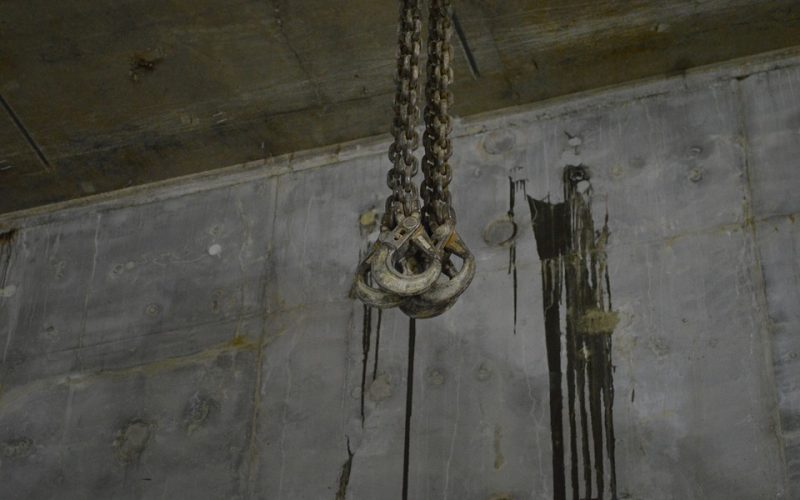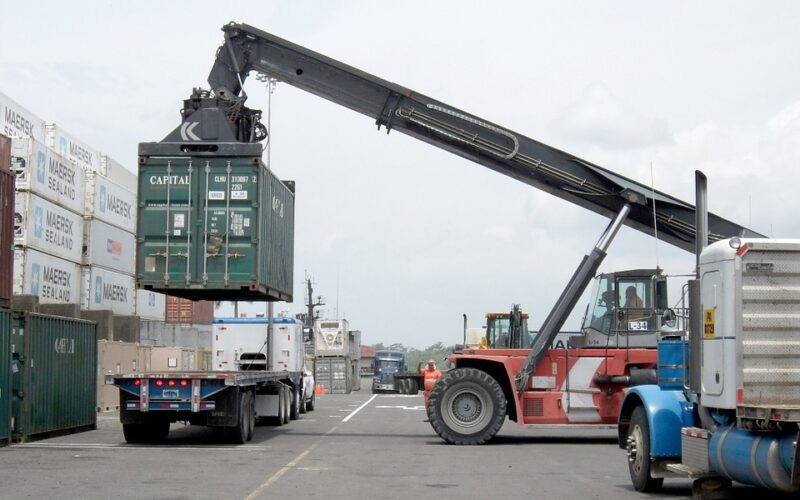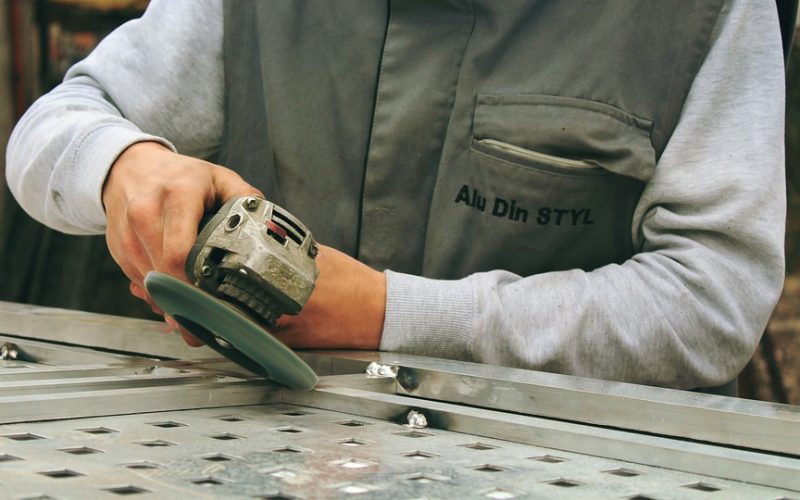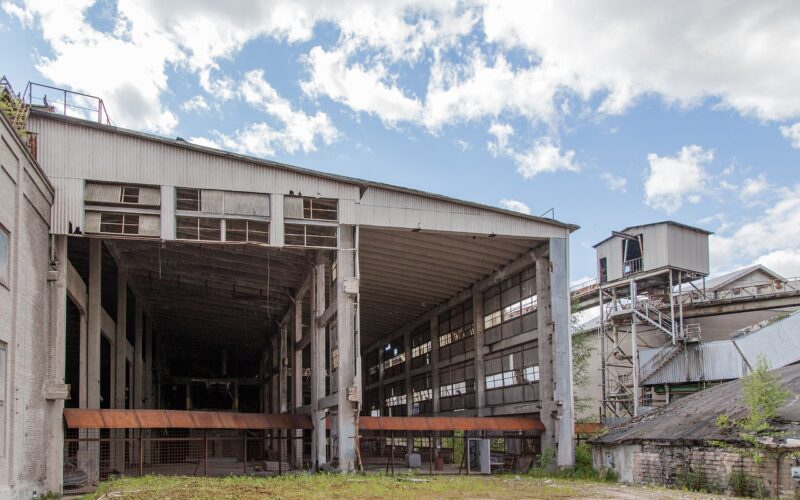Steel Building Installation
Adding a traditional frame building to an existing property generally entails extensive site preparation. Modern building codes have become very strict. Each facet of site preparation must satisfy local building inspectors. Traditional frame buildings often require a large foundation even when the building is relatively small. Site preparation for a steel building installation is often less extensive. This translates into less disruption of the property during the building process.
Steel buildings have a range of foundations to rest upon. This does depend on the size of the building and its use. Some will have an extensive foundation. These are often large buildings that must be entirely closed. The foundation will be poured concrete mixed heavily with silica sand. This will keep water out and can also be used to provide a basement under the steel building.
Modern building codes are now written to include type of drainage around new buildings. Owners must make a choice between permeable and porous materials to satisfy this requirement. Steel buildings without an extensive foundation may even provide easier drainage solutions. Porous paving materials such as a base of silica sand with dirt and grass next to a building is one way to create an acceptable drainage level for the property. Using permeable paving material along the building keeps plants away while providing necessary drainage.
Not all steel buildings will have a small footing at the base. The largest steel buildings will often require footings as well as a foundation. These are industrial size models used in commercial building. Homeowners generally choose smaller models for use at their home. Some of these will have nothing more than a poured concrete footing underneath the steel building. Whether the choice to use steel is for commercial or personal, this is an excellent option for many properties.











